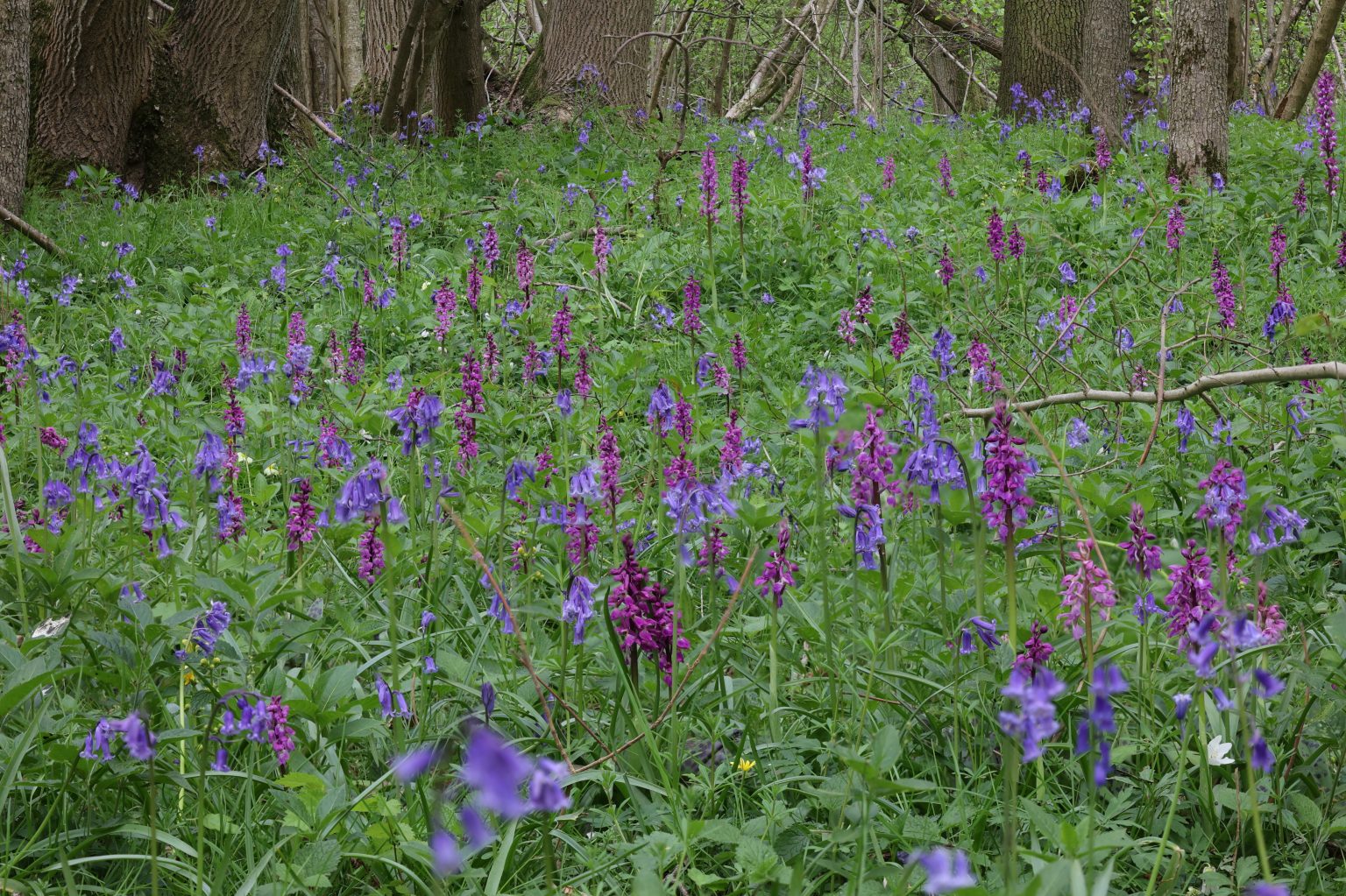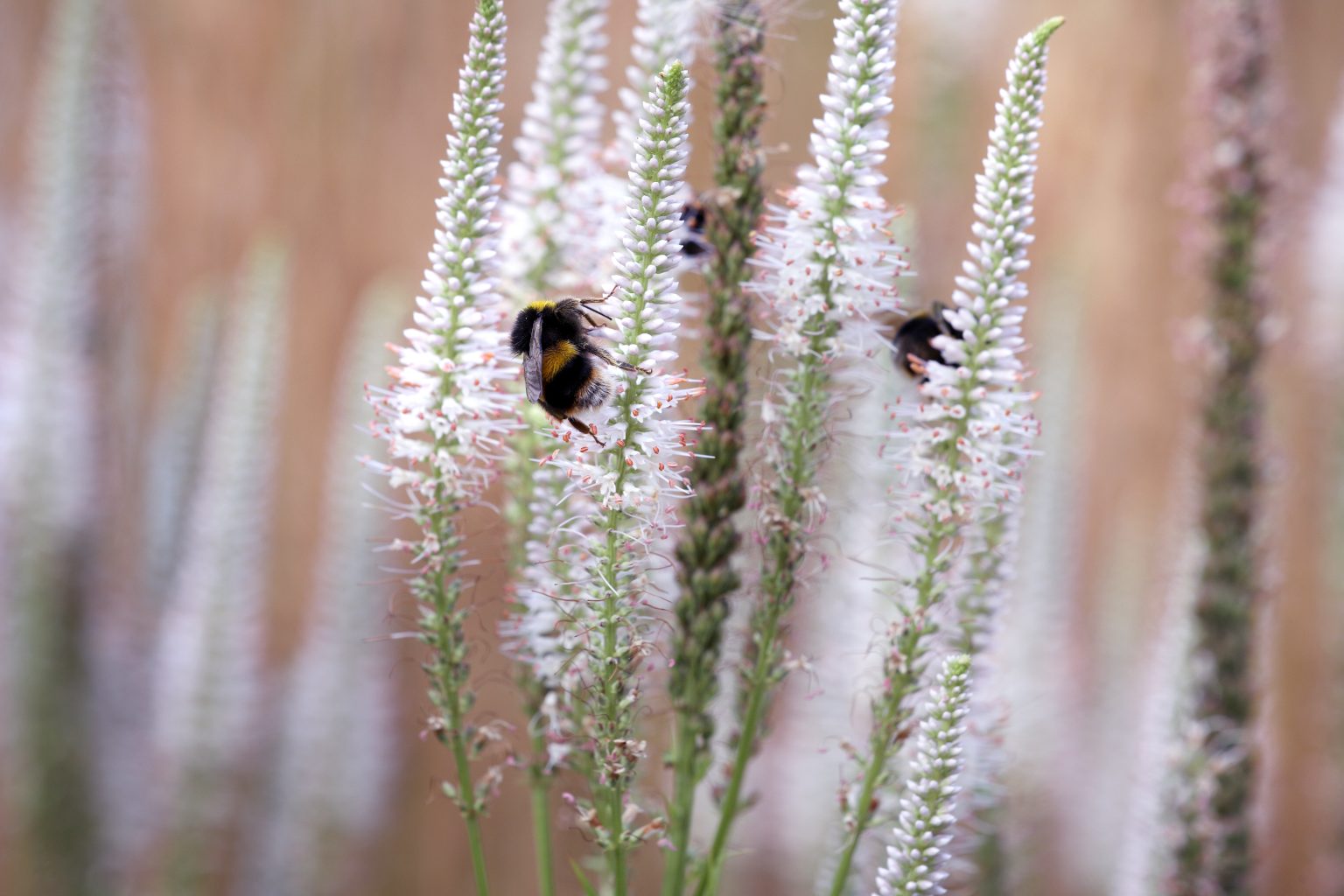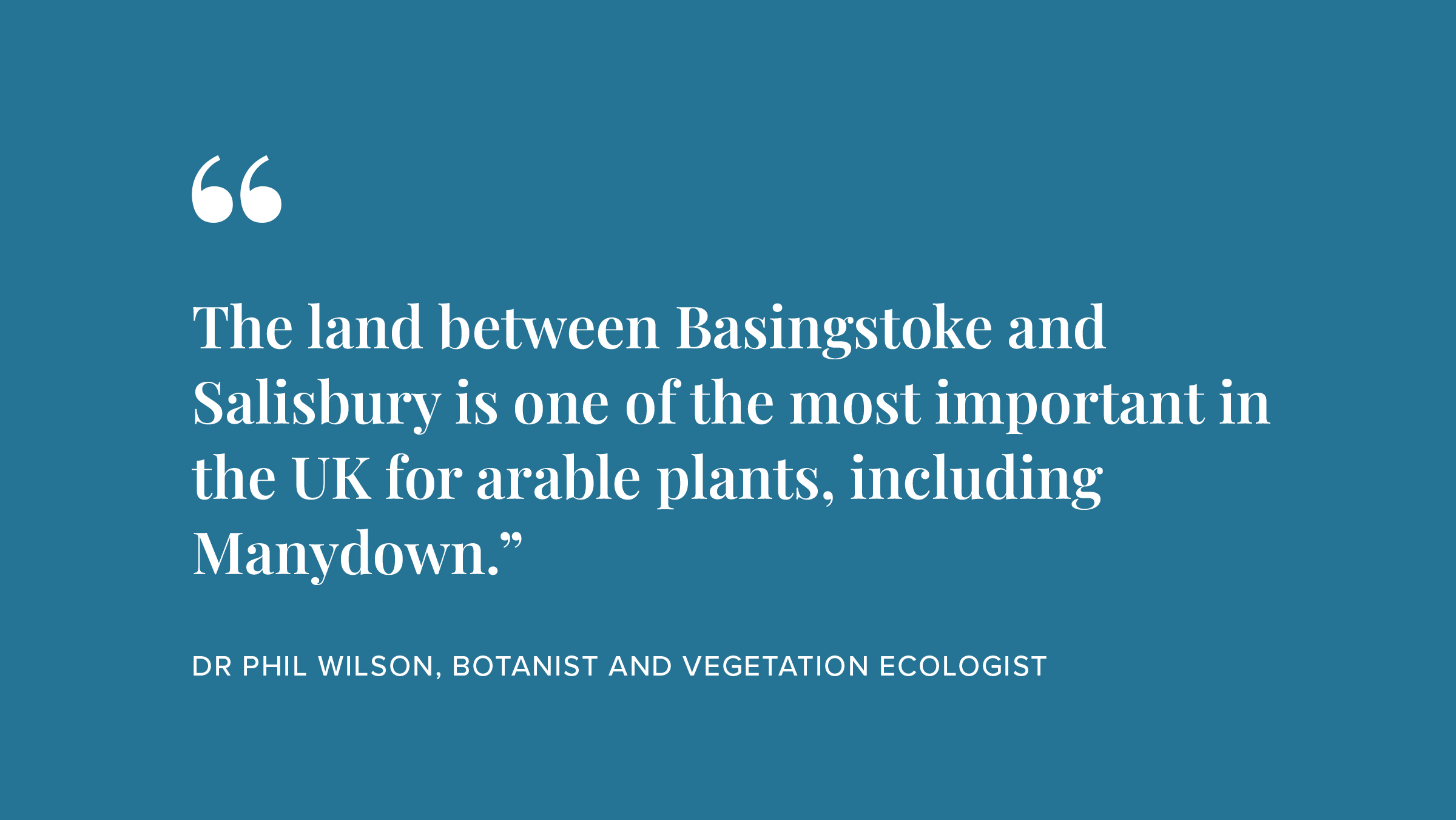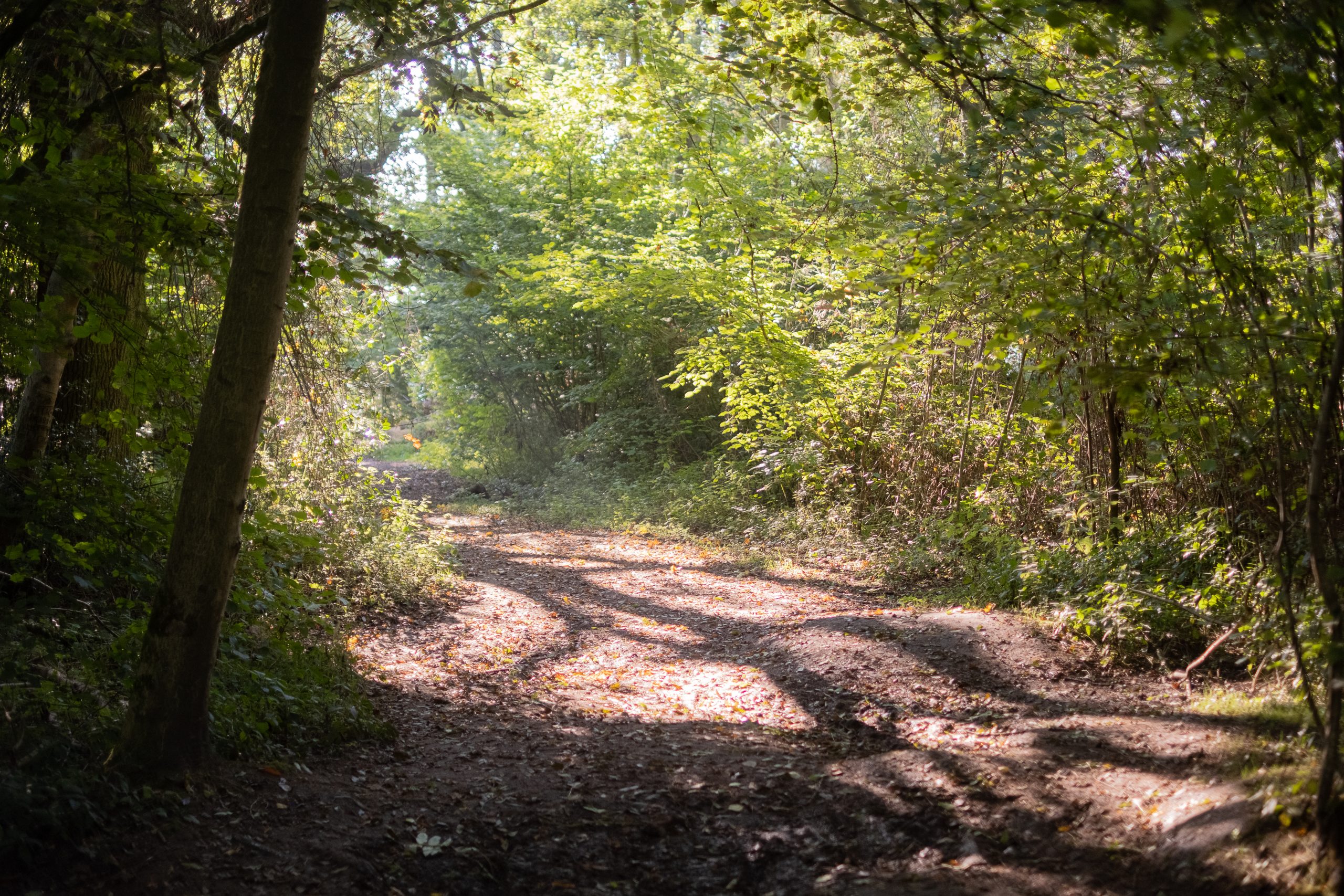Biodiversity — short for biological diversity — is the variety of all living things and their interactions. Biodiversity can be measured at many different levels including genetic, species, community, and ecosystem. One way to measure biodiversity is to assess species richness of an ecosystem, which is the total number of distinct species within a local community.
Biodiversity net gain is a measurable approach to development and land management which aims to leave nature in a better state than before.
One of the main goals of Biodiversity net gain is to halt and reverse the global decline in biodiversity and in recent years it has become a significant part of most large-scale developments, and no more so than for the partnership delivering Manydown.
At Manydown we are obligated to achieve a biodiversity net gain but our aim is to go further than this. We are aspiring for a double-digit net gain with biodiversity improvement being one of our most important ecological measures.
A significant amount of work has been undertaken to understand and establish the ecological baseline at Manydown. We will then be able to measure the improvements we are able to deliver against this start point.
Manydown would have been a much more biodiverse habitat in the past. One of the ways in which we are going beyond statutory requirements is by looking back further and considering what the historic ecology of the area may have been. Species and habitats have probably been in decline locally for many years, often as a result of increasing agricultural intensification, but also due to other factors such as the decline of traditional woodland management.
Understanding the reasons for significantly higher levels of species diversity in the past is crucial in designing Manydown to achieve increased biodiversity in the future.
Some of the historical reasons for the decline of biodiversity are listed below:
- There would have been no use of agrochemicals.
- Traditionally managed grasslands/meadows would have been a feature of the landscape. These would have been species-rich habitats supporting a diverse range of wildflowers.
- Arable fields would have been rich in what are now very rare annual species (some of these species continue to persist locally and others may remain in the seedbank). Stubble would have been left overwinter.
- Woodlands would have been used and managed sustainably e.g., rotational coppicing with oak or ash standards. This cyclical clearance was essential for a number of now very rare woodland plants as well as other species, particularly woodland invertebrates.
- Hedgerows would have been managed traditionally and on longer rotations. Management would have been undertaken manually using traditional techniques such as hedge laying.
- The landscape would have been better connected.
- Dew ponds would have been an essential part of the downland farming landscape and would be maintained as a source of water. By default, this also would have created an optimum habitat for amphibians and aquatic invertebrates as well as an important water source for a variety of fauna.
- Some farmland, particularly closer to villages would have been mixed and animals would have featured. These would have been at a low density and therefore low impact and would have been with traditional breeds developed to thrive in the local landscape.
- Many species, now rare, very rare or absent would have thrived, for example, Hazel Dormouse, Harvest Mouse, Brown Hare, various bats, Grey Partridge, Corn Bunting, many butterflies, other pollinating insects, amphibians, reptiles, numerous plants etc.
Several of the species and habitats that would have been present at Manydown in the past are now priorities for biodiversity conservation.
There are a number of ways we will achieve biodiversity net gain across Manydown, which could include:
- Establishing an arable plant reserve
- Establishing areas of species-rich chalk grassland and meadow
- Restoring ancient woodland coppice
- Increasing the lengths of native species-rich hedgerow
- Creating and improving woodland
- Creating historic habitats that have been lost from the local area, for example, dew ponds.
- Increasing opportunities for fauna, particularly breeding birds, bats, dormice, pollinating and other insects
- Establishing optimum habitat management regimes
Whilst national initiatives such as Biodiversity 2020 and the National Pollinator strategy are important, biodiversity is ultimately lost or conserved at the local level, which is why working with local partners is crucial.
There are a number of local biodiversity initiatives which are relevant to Manydown,
- Contributing to the Hampshire local nature recovery strategy
- Complementing the strategic biodiversity objectives and more detailed policies of the adjacent North Wessex Downs AONB, particularly those relating to chalk grassland, woodland and farmland plants.
This is just a small amount of the work and thinking behind the approach to enhancing nature at Manydown; we look forward to sharing more plans for ecology and biodiversity net gain with you throughout the project.
We have already met with a number of local environmental groups and experts but if you belong to a local ecology group who we have not yet spoken to please get in touch with us via manydown@urbanandcivic.com.





